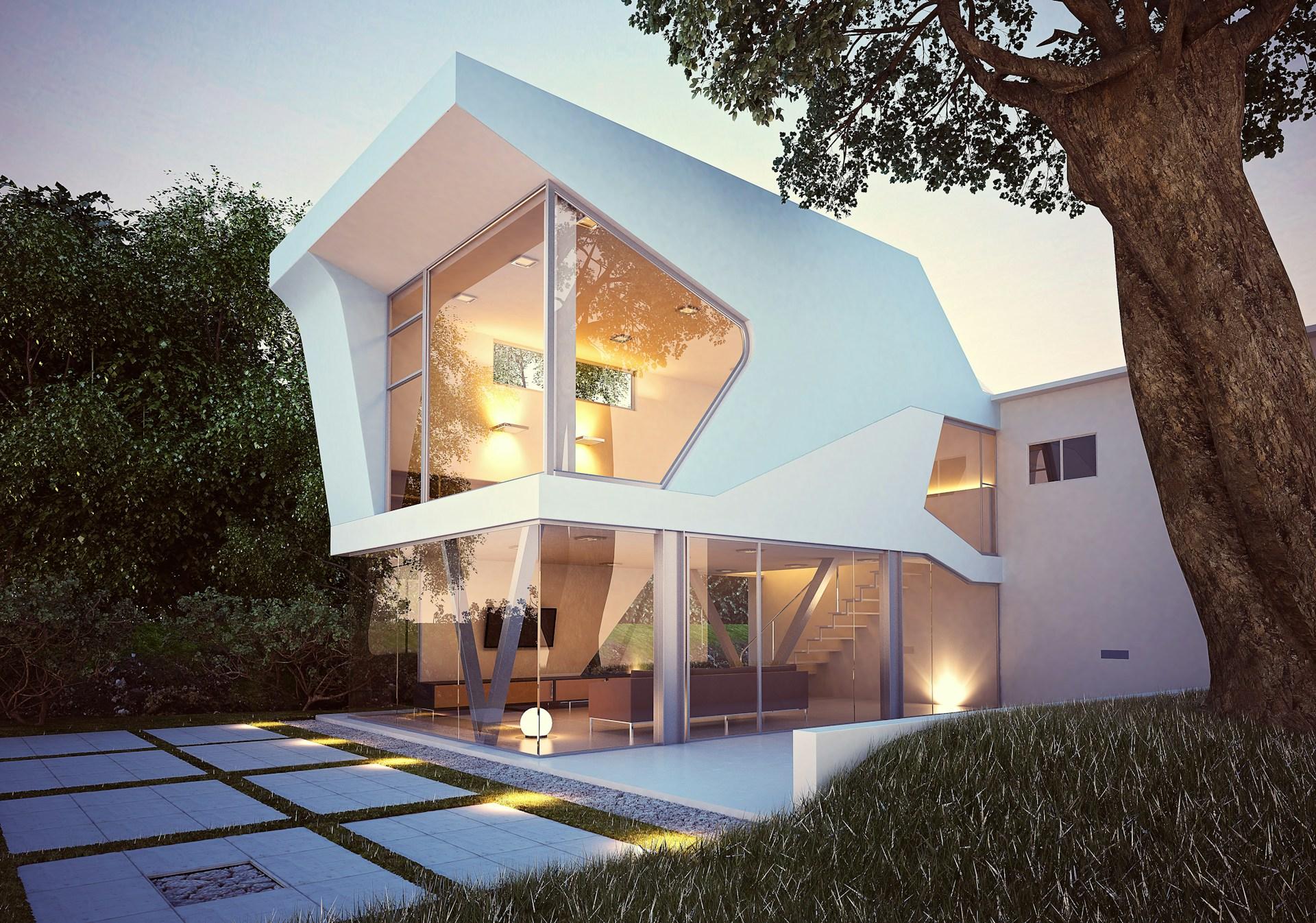
Designing a custom home in Toowoomba is a special experience. This area in Southern Queensland has its own unique climate and terrain. These factors play a big role in home design. It’s important to understand them so you can build a house that suits the local environment.
Functionality and layout are also crucial when designing your dream home. You want a house that not only looks good but also meets your daily needs. From making the most of natural light to planning for future expansions, there are many ways to ensure your home meets your lifestyle requirements.
It’s also wise to consider sustainable building materials. Using eco-friendly options can save you money in the long run and make your home more energy-efficient. Sustainable materials are better for the environment and often more durable.
Finally, you’ll need to navigate local building regulations and permits. Understanding these rules can help you avoid common challenges and make the building process smoother. Knowing what permits you need and how to get them can save you time and hassle.
This guide will help you through these important steps, ensuring your custom home in Toowoomba is functional, sustainable, and compliant with local laws.
Understanding Toowoomba’s Unique Climate and Terrain
Toowoomba has a very distinct climate. The city sees lots of rain in summer and cool, dry winters. There are also temperature changes that can affect home design. Knowing these climate details helps in planning a comfortable home all year round.
The terrain in Toowoomba also varies. Some areas have flat lands, while others are more hilly. This variation can impact where and how you build your house. For example, homes on slopes need special foundations to prevent erosion.
To build a house suited for Toowoomba, consider the climate and terrain. Use materials that can withstand heavy rain and heat. Plan for good drainage around the house. Also, think about using designs that provide natural cooling and heating to reduce energy use. These steps will help you create a home that fits well with Toowoomba’s environment.
Essential Tips for Functionality and Layout
Open-plan living spaces are very popular in home design now. They create a sense of space and allow different areas to flow into each other. This layout makes it easy for families to spend time together. It’s also more flexible for future changes.
Maximising natural light is key. Use large windows and skylights where possible. They brighten up your home and can reduce electricity use. Try placing windows in areas where they will get the most sun.
Designing for energy efficiency is also important. Use insulation to keep your home warm in winter and cool in summer. Choose energy-efficient appliances and lighting. These choices can lower your energy bills.
It’s wise to think about future expansions. Families grow and need change. Make sure your layout can adapt. Leave space in your design for extra rooms or outdoor areas. Planning ahead will save you time and money.
Choosing Sustainable Building Materials
Using eco-friendly building materials is a smart choice. These materials are better for the environment and can make your home more durable. Some good options for Toowoomba include recycled steel, bamboo, and reclaimed wood. These materials are strong and long-lasting.
Sustainable materials offer many benefits. They often require less energy to produce and can reduce waste. This makes them a good choice for those looking to build a green home. Eco-friendly options can also improve indoor air quality and reduce the need for frequent repairs.
Finding sustainable materials locally is possible. Many suppliers in Southern Queensland offer eco-friendly products. Check with local builders or online directories to find suppliers near you. Using local materials can also lower transportation costs and reduce your carbon footprint.
Navigating Local Building Regulations and Permits
Understanding Toowoomba’s building regulations is crucial. Local building codes ensure that homes are safe and built to standard. These regulations cover things like structural integrity, fire safety, and plumbing. Knowing these rules can help you avoid costly mistakes.
Getting the necessary permits involves several steps. First, submit your building plans to the local council for approval. This process can take a few weeks, so plan ahead. You may need to make changes to your plans if they don’t meet regulations. Once approved, you can start building.
Common challenges include dealing with paperwork and meeting all safety standards. These can slow down your project if not handled properly. To avoid delays, be thorough with your permit application and consult with experts if needed. Local builders familiar with Toowoomba regulations can also offer valuable advice.
Conclusion
Designing a custom home in Toowoomba means considering various factors from climate and terrain to functionality and local regulations. Using eco-friendly materials contributes to a sustainable and efficient home. By following building codes and obtaining the right permits, you ensure a smooth construction process. These steps help you create a long-lasting, comfortable home tailored to your needs.
Ready to build your dream home in Toowoomba? Contact Fallon Homes today to get started on making your vision a reality. Our team of expert builders in Toowoomba is here to guide you every step of the way.





